5 Worthwhile Places to Visit in Poland Beyond Krakow
Krakow is deservedly famous, but it’s not the only Polish city with a fascinating history and striking architecture. Join our nomads in Chocolow, Zakopane, Lodz, Sanok, and Zamosc as they trace their ancestral roots around Poland.
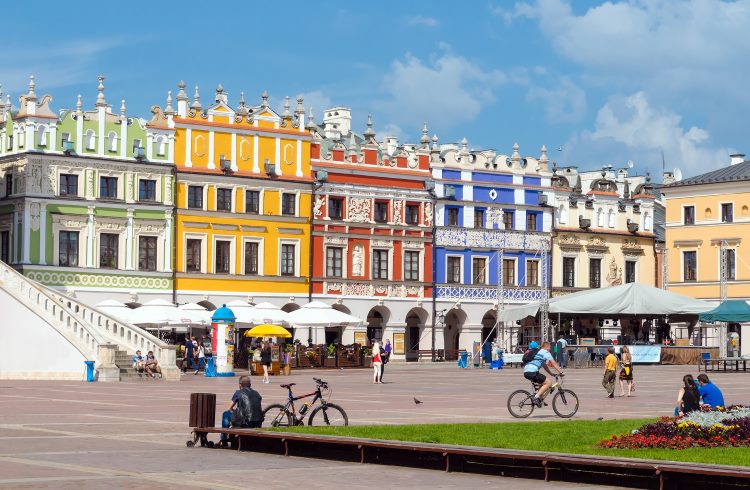 Photo © Getty Images / hrabar
Photo © Getty Images / hrabar
Chochołów and Zakopane: Festivals and folklore
My family tree has wandering roots. On my mother’s Irish side, their wandering was largely a matter of choice. But on my father’s Jewish-Polish side, it was persecution rather than fancy that drove them on.
My relationship with my father offered few clues as to where I’d come from, so I first traveled to Poland to color those parts of my identity that I felt had been grayed out. What I found was a country at once cozily familiar and wonderfully different.
I was led to Chochołów, a small town of log cottages in the foothills of the Tatras mountains, by an interest in the Górale, or “highlanders”, who have called this chunk of southern Poland home for some 600 years. An ethnographic group with their own customs, dress, and dialect, they’re found in northern Slovakia and the Czech Republic, too, though political borders don’t mean a great deal to them.
I met my first Górale in Chicago, where the Polish Highlanders Alliance of North America has its headquarters. A year later, still fascinated by what I’d learned, I made it to Chochołów in time for the Feast of Corpus Christi, a religious holiday held 11 days after Pentecost.
Here, Pentecost is celebrated as a fertility festival, Zielone Świątki, and Corpus Christi has something of the pagan about it, too. Adults in traditional costume – felt hats, sheepskin waistcoats, embroidered tunics and bodices – pay their respects at open-air altars wreathed in birch branches and garlanded with flowers, while their children toss petals before a procession of notable villagers carrying icons and paintings beneath ornamental canopies.
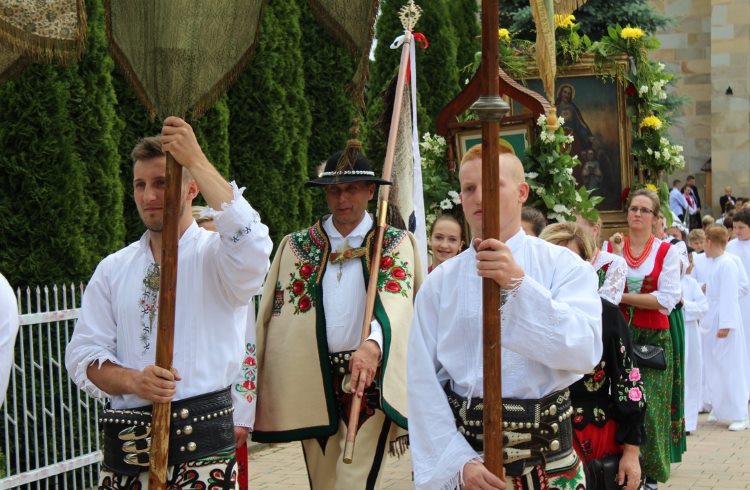
I spent the weekend in Zakopane, a 15mi (25km) drive away. It’s a popular-among-the-Poles ski resort between December and March, and during the summer there’s all sorts of folkloric fun to be had, from concerts of traditional music (the Górale have their own bagpipe, fiddle, and “alpine” horn) to showcases of their prowess in making decorative axes, elaborately carved pipes, and a delicious smoked, salted sheep’s milk cheese called oscypek.
Now, I wouldn’t call myself a musician, but I can badger a note out of a number of instruments, and the squeezebox is one of them. For some reason, I imagined this would translate to expertise with the bagpipe, so I asked a mountain piper to give me a few lessons. It did not go well.
I – and the people within earshot of me – didn’t fare much better with my attempts at speech, either. Polish is notoriously tricky for native English speakers to learn. These woes are compounded in Zakopane, where the Górale speak the Podhale dialect, whose Polish, Slovak, and Balkan influences come together to produce speech that is as musical as any flute, but fraught with hazards if you’re new to the area. – Joe Furey
Łódź: A textile center turned cultural hub
It was my father’s intense pride that “our people came from Łódź” that attracted me to a city we didn’t even know was pronounced “Woodge”.
Specifically, I was drawn to Andel’s Hotel in the Manufaktura complex – not just because it was a beautiful factory conversion with its industrial bones still in place, but also the factory where my great-grandfather slaved over a sewing machine.
Now a vibrant gallery and entertainment center as well as stylish digs, Manufaktura was once a sweatshop manned by rural 19th-century Jews pouring into a city dubbed “The Promised Land”. But instead of gold, they found slave wages and tenements. I found the building where my great-grandparents lived, and was thankful they passed away before the market square they overlooked became a place of public execution.
For Łódź, a party town with a three-mile drag of bars and restaurants that never sleeps, has a dark side – it was the wartime home of a ghetto in which Jews from all over Europe were herded before dispatch to the death camps. The station reserved for that purpose still stands, complete with cattle wagon and a moving display of artefacts looted from the victims, though it’s not promoted as a tourist site.
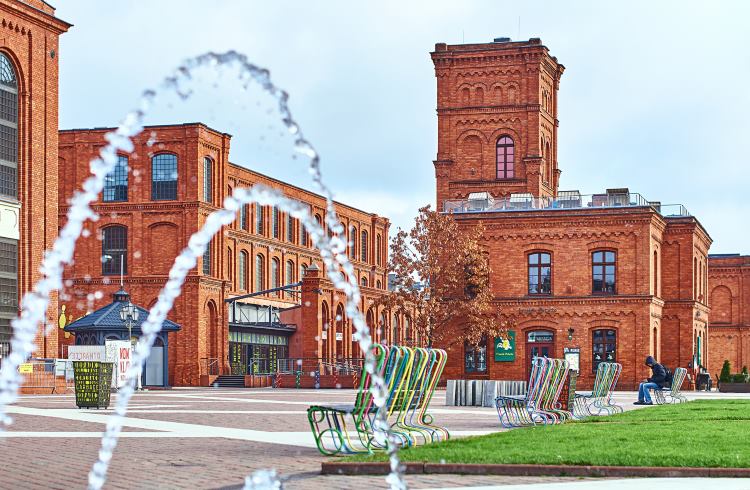
Life, rather than death, is celebrated in today’s Łódź. Once famed for its textile industry, it now has a noted film school, a state-of-the-art science museum, and brilliant street art as well as homegrown fashion designers and innovative chefs. I may have felt haunted sleeping beneath the iron girders of Manufaktura, but I was won over by the city’s many charms, which my ancestors had neither time nor money for when Łódź was their home. – Anthea Gerrie
Zamość: Stunning Italianate architecture
When I first happened across this southeastern city near the Ukrainian border, about 80mi (130km) from Lviv, Ukraine, I was dumbstruck by its Italianate good looks. Though I knew that I was following the trade route that linked western and northern Europe to the Black Sea, and that the Second World War had left Zamość’s old town more or less intact, I was not prepared for the city’s air of opulence. It really must be seen a dozen times to be believed.
We owe it all to Jan Zamoyski, a Polish nobleman who did very well for himself during the Renaissance, accumulating landed estates that included more than 200 villages and 11 cities, and leasing royal estates containing many more. They amounted to a mini empire, a country within a country, and Zamoyski wanted to build a capital that was fit for it.
And so he did. Completed in the late 16th century, Zamość was designed by the Paduan architect Bernando Morando with the Renaissance theory of an “ideal city” in mind.
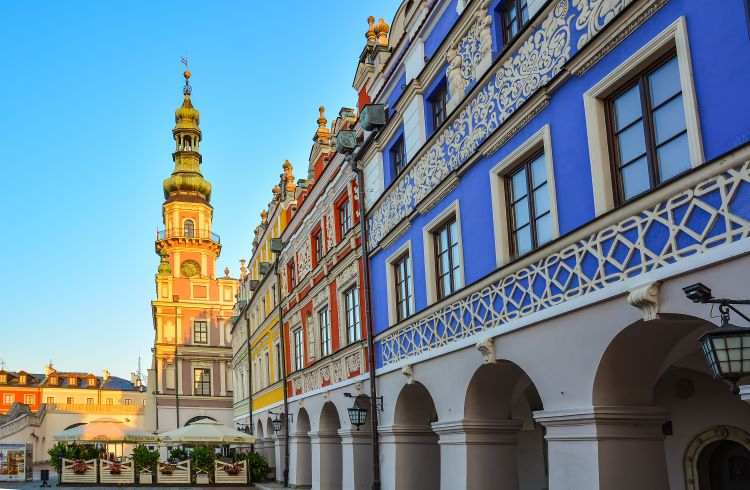
Though it was not physically scarred in World War II, Zamość did not escape its horrors. Renamed “Himmlerstadt” by the Nazis in 1941, the city was at the center of a brutal campaign of ethnic cleansing.
Now a UNESCO World Heritage site, it’s a near-perfectly preserved example of its kind, having retained its original layout, fortifications, and curious blend of Venetian and Central European architectural styles. I’d happily pay a hefty fee to simply stand and stare at it. – Joe Furey
Sanok: Gateway to the Bieszczady Mountains
Being of Polish descent, many of my childhood summers were spent visiting family in Sanok, a vibrant town 135mi (220km) southeast of Kraków. This gateway to the Bieszczady Mountains, set in the San River valley, is rich in both cultural heritage and natural beauty.
One of Sanok’s main attractions, just off its recently pedestrianized market square, is the Zamek Królewski, a 16th-century, stone-clad, Renaissance-style fortress built over the remains of the Gothic 14th-century Royal Castle. It’s also the town’s Historical Museum, housing a venerated collection of religious icons and contemporary artwork. Featured prominently is local artist Zdzisław Beksiński, whose dystopian surrealist work I grew to admire through the years.
While this self-taught artist didn’t provide any explanations for his dark paintings, he was known to have said, “I wish to paint in such a manner as if I were photographing dreams.” On display are more than 600 of his paintings, photographs, and sculptures.
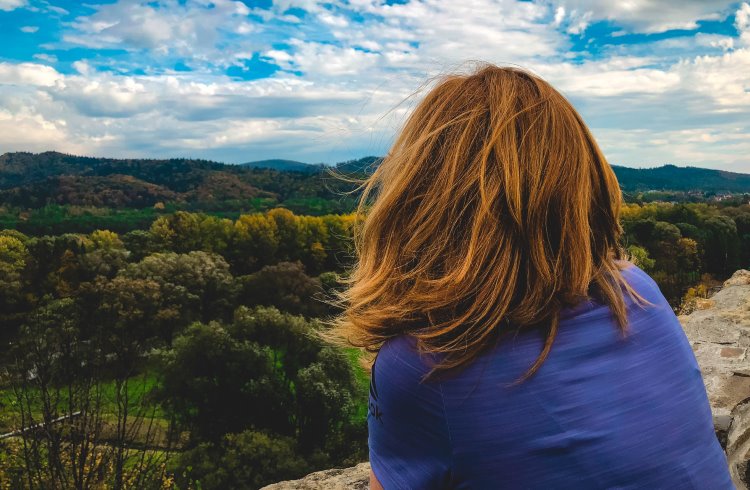
My other favorite cultural journey is to travel back to the 19th and 20th centuries at the Museum of Folk Architecture, the largest and most authentic open-air museum in Poland. This veritable village is composed of more than 150 wooden cottages with rustic gardens, Catholic and Orthodox churches, and a school, created in 1958 at the direction of historian Aleksander Rybicki.
While it’s tempting to remain in the lively town center, sampling local Polish dishes like pierogi, I recommend heading into the surrounding landscape to enjoy Poland’s unsurpassed natural beauty. Take a drive past the fashionable village of Bykowce and spend an afternoon discovering one of Poland’s least inhabited and most picturesque regions. Blanketed in beechwood trees and undulating, grassy plains, the Bieszczady Mountains harbor secret caves and hidden waterfalls. Bring your hiking shoes. – Kasia Dietz
Related articles
Simple and flexible travel insurance
You can buy at home or while traveling, and claim online from anywhere in the world. With 150+ adventure activities covered and 24/7 emergency assistance.
Get a quote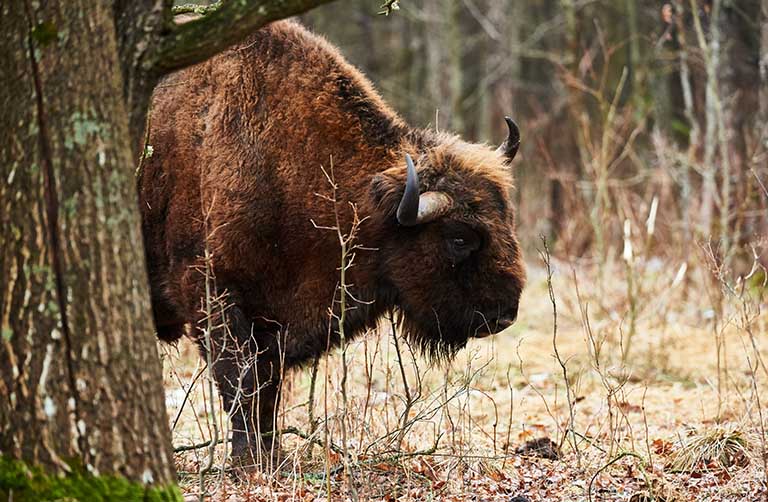
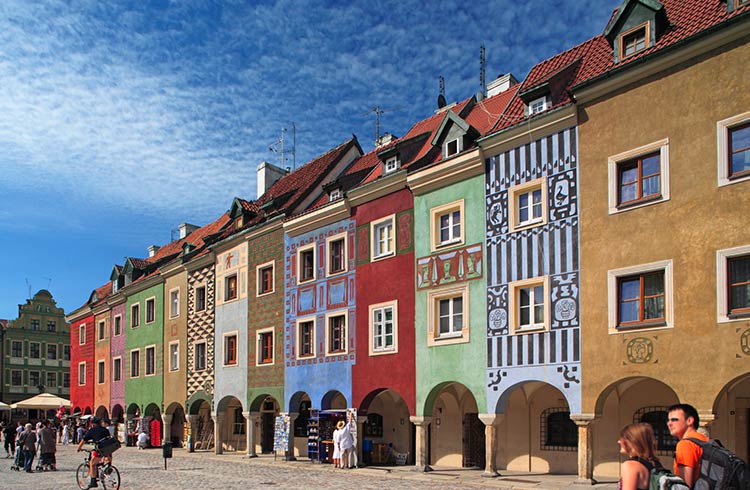
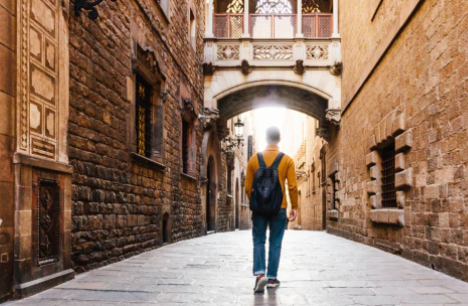
No Comments